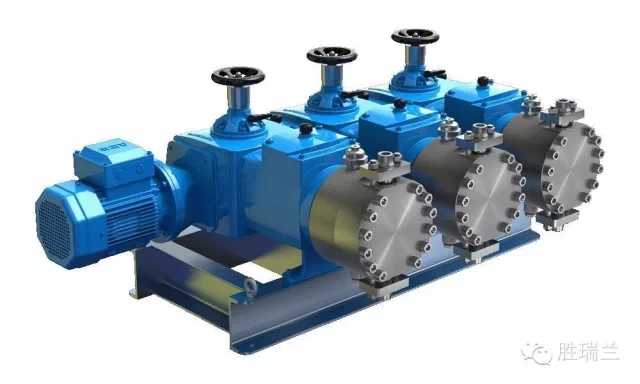
Metering pump is a kind of special reciprocating positive displacement pump, which can adjust the flow continuously in the range of 0-100%, and is used to transport liquid materials (especially corrosive and dangerous liquid). Metering pump is also called quantitative pump or proportional pump, and in some cases is also called dosing pump.
Three components of metering pump
1 hydraulic end unit
2 drive end unit
3 regulating mechanism unit
First, introduce the hydraulic end unit
The fluid end mainly includes three categories and other derivative types:
1.1 plunger pump head
1.2 hydraulic diaphragm pump head
1.3 mechanical diaphragm pump head
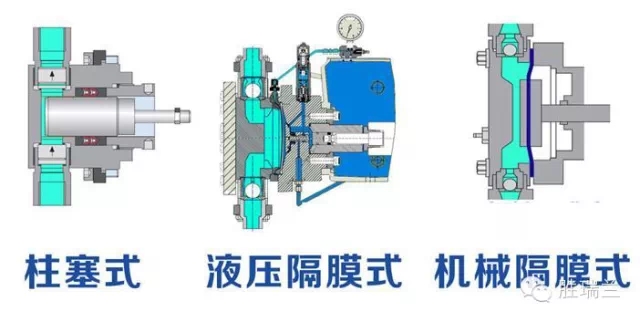
1.2.1 according to the diaphragm material, the hydraulic diaphragm pump can be divided into PTFE diaphragm, rubber PTFE composite diaphragm, metal diaphragm, even peek diaphragm. According to the shape of diaphragm, it can be divided into plate diaphragm, tube diaphragm, cone diaphragm, bellows diaphragm, etc.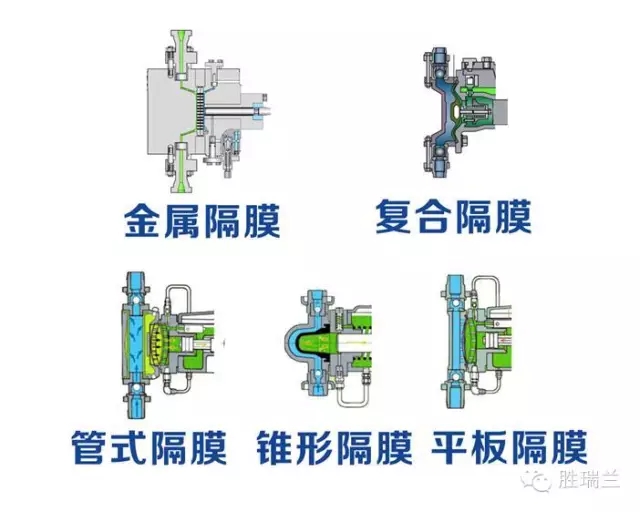

1.2.2 other derivative structures, such as valveless high viscosity plunger pump head, high and low temperature gooseneck pump head, jacketed pump head, advection type, etc.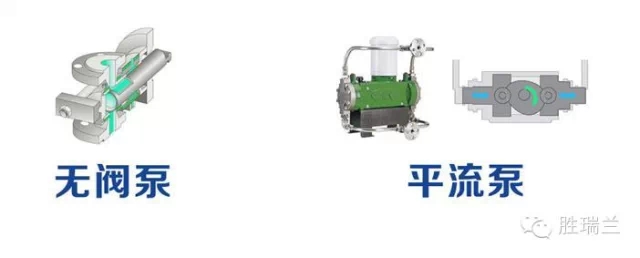

The one-way valve also belongs to the hydraulic end, but its structure has its own independent classification.
Single ball valve is suitable for most common applications, double ball valve is suitable for small flow and high precision occasions, spring loaded ball valve is suitable for high viscosity occasions, wide channel ball valve is suitable for slurry and particle containing occasions, plate valve is suitable for low pressure and large flow occasions, cone valve is suitable for high pressure and large flow occasions, etc.
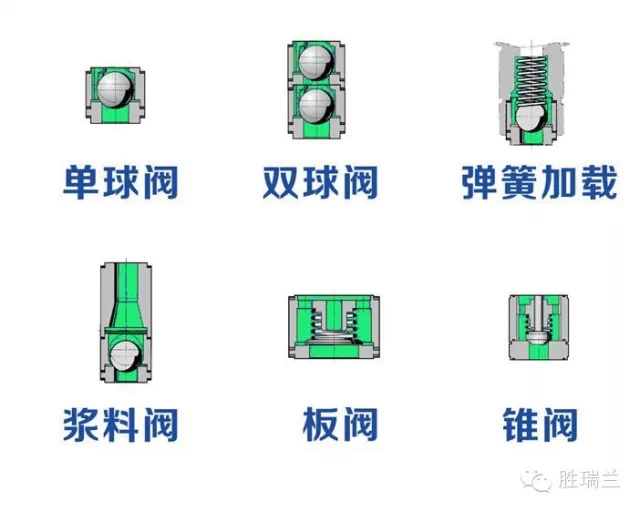
Secondly, introduce the drive end unit
The driving unit is divided into
2.1 motor drive
2.2 electromagnetic drive
2.3 pneumatic drive
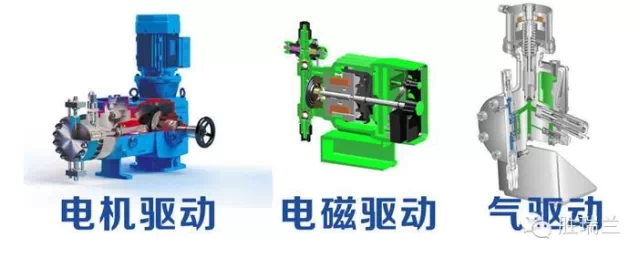
Motor drive is the most common, motor driven pump power range is large, the mechanical structure mainly includes deceleration mechanism, and reciprocating mechanism.
2.1.1 the most common reducer is worm gear mechanism, gear mechanism and synchronous belt reducer.
2.1.2 reciprocating mechanism mainly includes crank connecting rod mechanism, cam spring mechanism, four connecting rod mechanism, inclined plate push rod mechanism and rocker crank mechanism, etc.
Finally, it introduces the adjustment mechanism unit
The regulating mechanism is the unique structure of metering pump which is different from other types of pumps. The main function of metering pump is to adjust the effective stroke length to change the flow rate. The methods of adjusting the effective stroke length are divided into
3.1 adjustment of mechanical mechanism
3.2 hydraulic oil circuit adjustment
The mechanical adjustment stroke length is generally a mechanical structure combined with the reciprocating mechanism described above.
3.1.1 the crank connecting rod mechanism changes the matching position with the crank block through the crankshaft with a sliding groove to realize continuous stroke change;
3.1.2 cam spring mechanism: limit the return position of spring push rod by ejector pin, change the effective range of contact between cam and push rod, and change the stroke length;
3.1.3 the four-bar linkage can change the stroke length by changing the swing amplitude of the link joint;
3.1.4 the pusher mechanism of the swashplate and the crank mechanism of the rocker arm can change the push-pull position of the connecting rod or the rocker arm and the stroke length by changing the tilt angle of the swashplate.
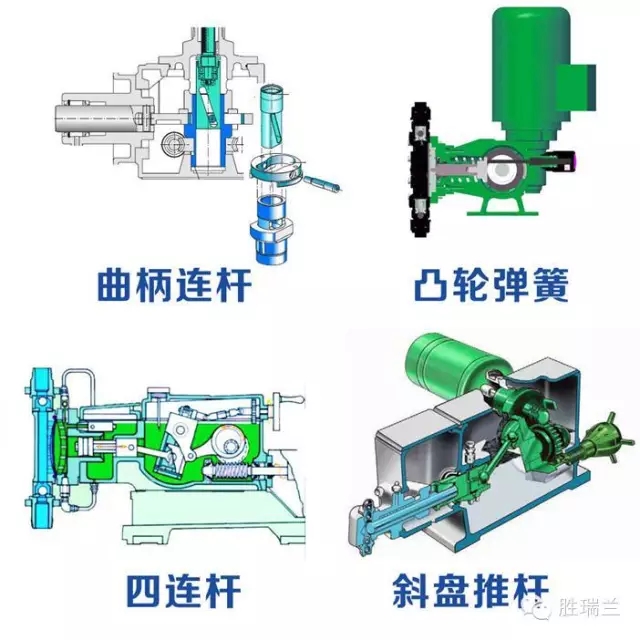
Hydraulic oil circuit regulation, mainly divided into two kinds
3.2.1 split plunger type slide valve, bypass oil return mechanism, change effective discharge volume and change flow by releasing hydraulic oil;
3.2.2 concentric plunger type slide valve, bypass oil return mechanism, change effective discharge volume and change flow by releasing hydraulic oil.
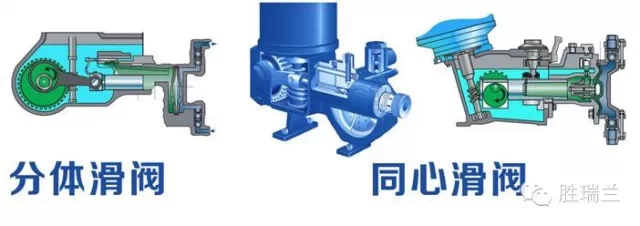
The standard configuration of the regulating mechanism is manual adjustment, which is adjusted by handle or hand wheel, and the scale label or scale indicator indicates the scale.
Electric actuator or pneumatic actuator can be used instead of manual adjustment as required.
In addition, the speed of the motor and the output flow can be changed by the frequency converter.

